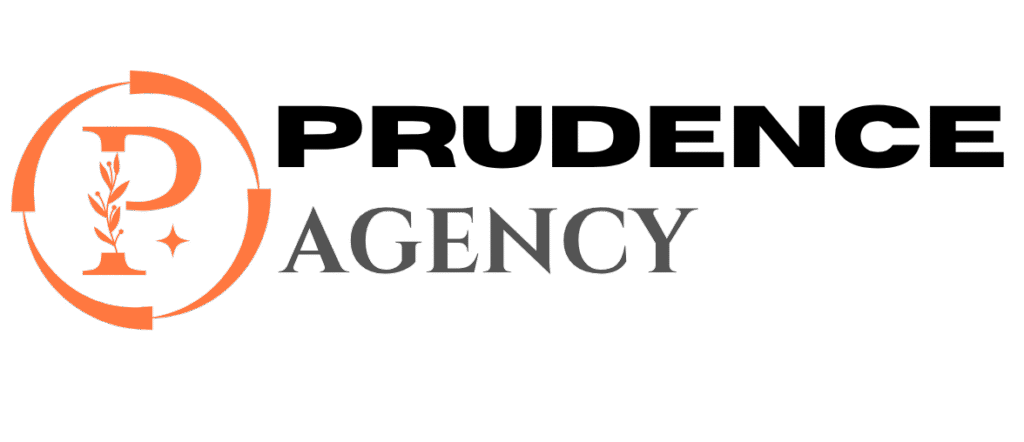How to Edit for Short-Form vs Long-Form Content – Ultimate Editing Guide
In today’s fast-paced digital world, crafting content that resonates with your audience is crucial to stand out. But editing your content effectively depends largely on whether you’re working with short-form or long-form content. Each type demands a unique editorial approach to boost readability, SEO performance, and user engagement.
Whether you’re a blogger, marketer, or content creator, mastering the difference in editing these two formats can dramatically improve your content strategy and audience retention. In this article, we will explore practical tips, SEO best practices, and structural considerations to help you edit like a pro for both short-form and long-form content types.
The Fundamental Differences Between Short-Form and Long-Form Content
Before diving into editing techniques, it’s important to understand what separates short-form content from long-form content:
| Content Type | Typical Length | Purpose | Examples |
|---|---|---|---|
| Short-Form Content | Under 1,000 words | Quick information, instant engagement, social sharing | Social posts, blog snippets, product descriptions, emails |
| Long-Form Content | 1,000+ words (often 2,000+) | In-depth information, authority building, SEO ranking | Comprehensive guides, detailed articles, whitepapers |
How to Edit Short-Form Content
Editing short-form content requires precision and clarity. You need to communicate a message quickly while maintaining user interest. Here’s how to approach it:
1. Be Concise and Direct
- Remove fluff and unnecessary words.
- Focus on one clear message or call-to-action (CTA).
2. Optimize for Skimming
- Use short sentences and simple language.
- Incorporate bullet points or numbered lists where possible.
- Break text with headings or emojis (for social media).
3. Check Tone and Brand Voice
- Ensure the tone aligns with your brand identity and audience expectations.
- Keep it friendly, conversational, or professional based on platform.
4. Boost SEO With Targeted Keywords
- Include primary keywords naturally in the first 100 words.
- Use meta descriptions that entice clicks.
5. Proofread for Grammar and Spelling
- Editing tools (Grammarly, Hemingway) can help refine flow.
- Ensure error-free, polished content to maintain credibility.
How to Edit Long-Form Content
Editing long-form articles requires a strategic approach to maintain reader interest through dense information and enhance SEO rankings.
1. Structure for Readability
- Divide content into manageable sections with relevant subheadings (
- Incorporate tables, images, and quotes to break monotony.
- Use summary points or TL;DR at the start or end.
2. Ensure Depth and Thoroughness
- Verify facts, add relevant sources and citations.
- Include examples, case studies, or real-world applications.
3. Enhance SEO with Detailed Keyword Strategy
- Use a mix of short-tail and long-tail keywords.
- Optimize meta titles, headings, and alt text for images.
4. Prioritize Flow and Transitions
- Link sections logically to guide readers smoothly.
- Add internal links to related articles.
- Remove redundant or repetitive info.
5. Fact-Check and Citation Accuracy
- Double-check statistics and data points.
- Provide up-to-date information to maintain authority.
Practical Tips For Editing Both Content Types
- Read aloud: This helps catch awkward phrasing or pacing issues.
- Use editing tools: Grammarly, Hemingway, or Yoast SEO (for WordPress) provide invaluable suggestions.
- Step away before final editing: A fresh perspective often reveals overlooked mistakes.
- Consistency: Stick to your brand’s style guide for tone, voice, and formatting.
SEO Comparison: Short-Form vs Long-Form Content Editing
| Editing Aspect | Short-Form Content | Long-Form Content |
|---|---|---|
| Keyword Density | Moderate – Focus on primary keywords | Higher – Mix of primary and secondary keywords |
| Meta Description | Short, catchy, action-oriented | Informative, keyword-rich, detailed overview |
| Internal Linking | Minimal – 1 or 2 relevant links | Extensive – Multiple links to related content |
| Content Updates | Periodic – Reflecting trends or promotions | Frequent – To maintain accuracy and relevance |
| Engagement Techniques | Emojis, CTAs, questions | Case studies, infographics, interactive elements |
Case Study: Editing Short-Form vs Long-Form Blog Posts
Recently, a marketing agency tested two blog posts:
- Short-Form Post: 700 words, focusing on a product feature update.
- Long-Form Post: 3,200 words, an ultimate guide on product benefits and usage tips.
Key takeaways from their editing process:
- Short-Form: Emphasized clear CTAs and snappy sentences, which increased click-through rates by 30%.
- Long-Form: Detailed formatting improvements (subheadings, bullet points) and keyword strategy boosted organic search traffic by 50% within three months.
Conclusion: Tailoring Your Edit to Suit Your Content’s Length and Purpose
Editing is not a one-size-fits-all process. Whether your content is short or long, the key to success lies in understanding your audience’s needs, the platform you’re publishing on, and the goals of your content. Short-form editing demands brevity, impactful messaging, and a strong SEO focus on concise keywords. Long-form editing requires thoroughness, well-structured flow, and a comprehensive keyword strategy to boost authority and search rankings.
By applying the tailored editing techniques outlined in this guide, you can elevate your content quality and SEO performance significantly. Remember, good editing not only polishes your work but also enhances your content’s ability to connect, inform, and convert your target audience.











